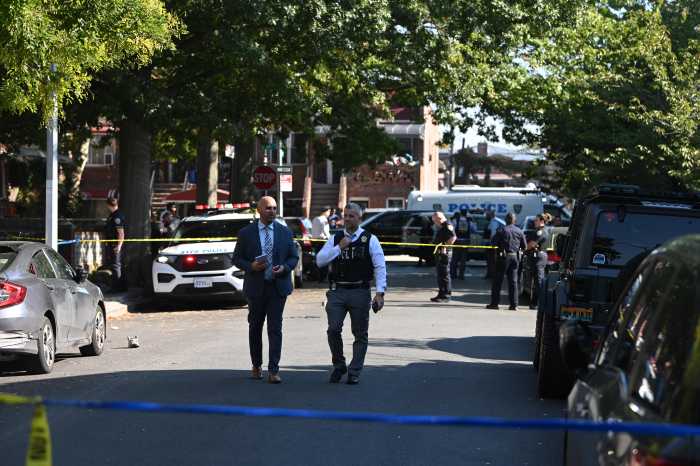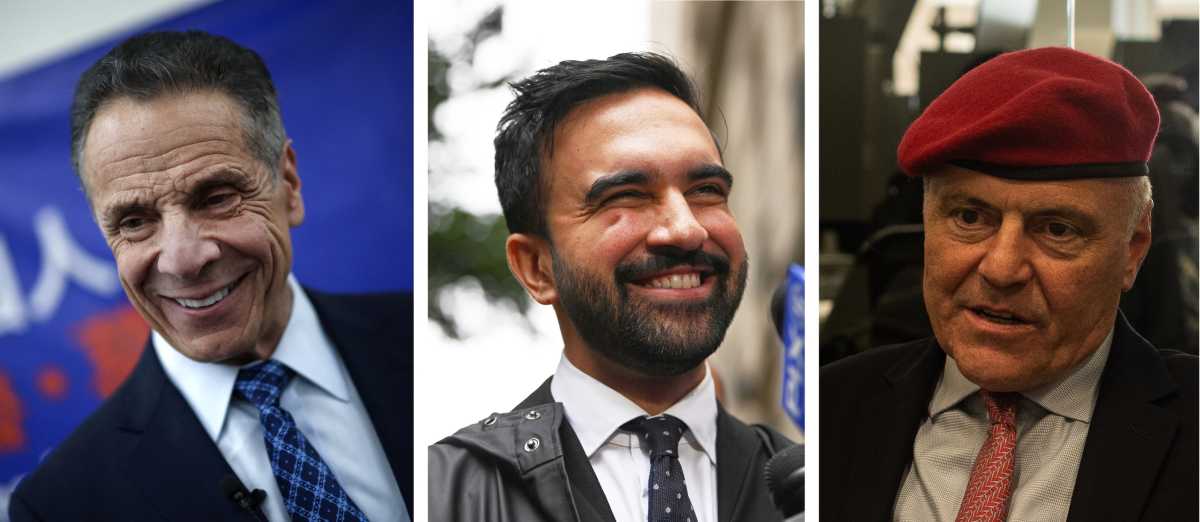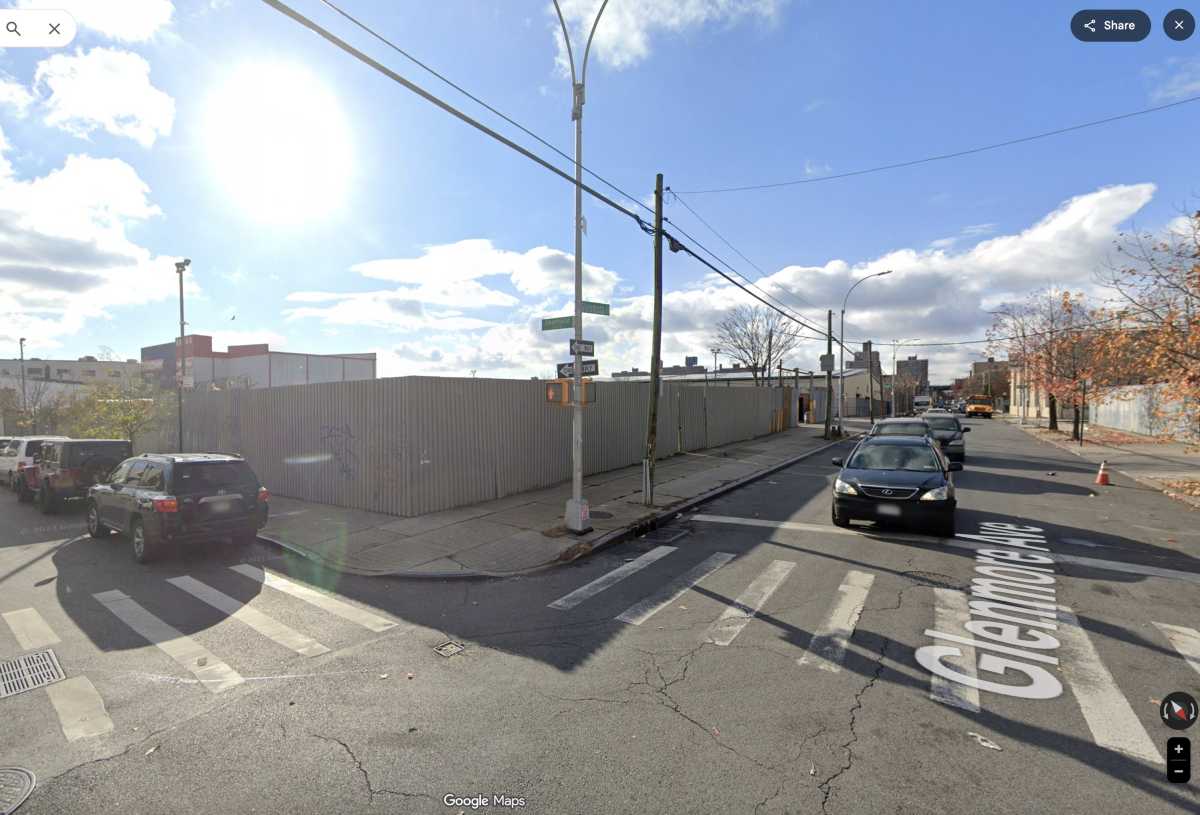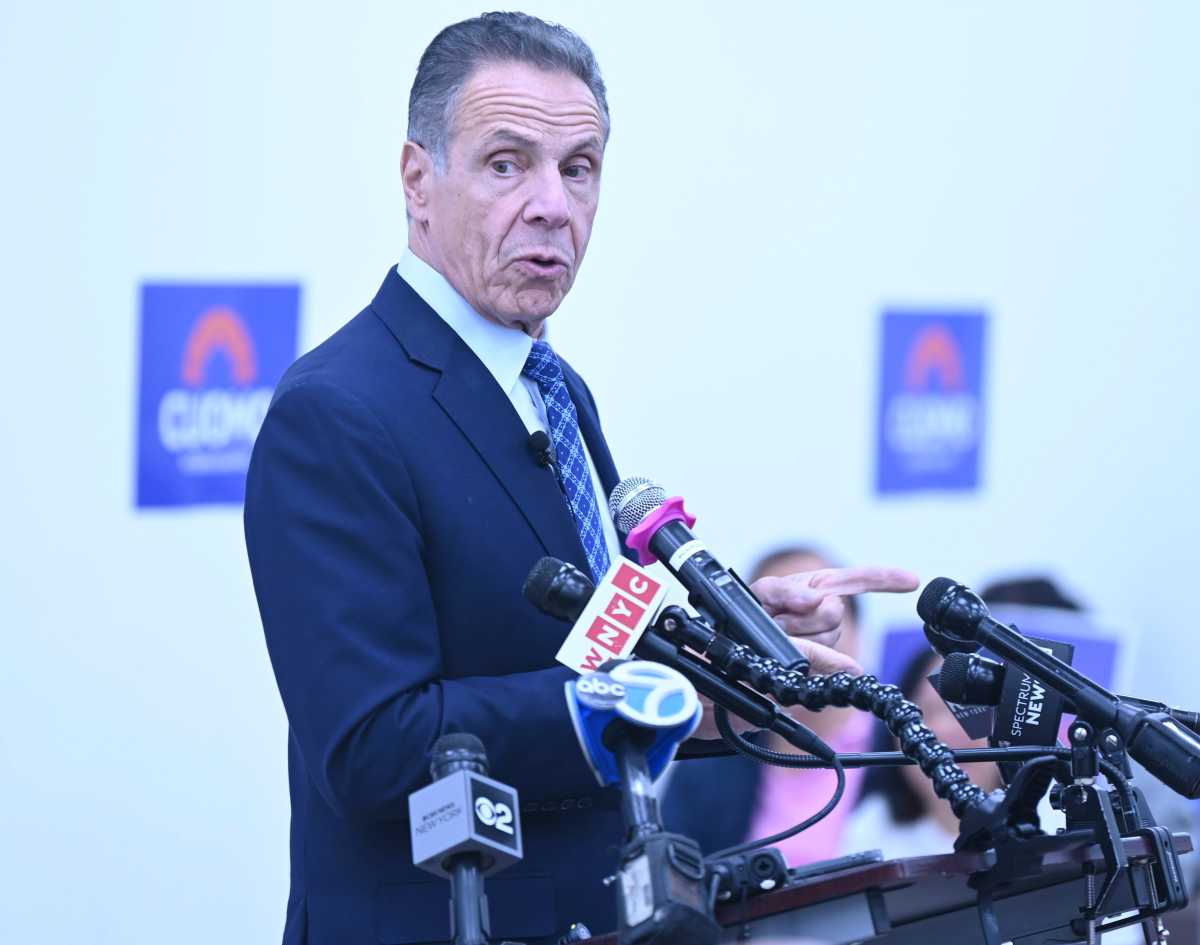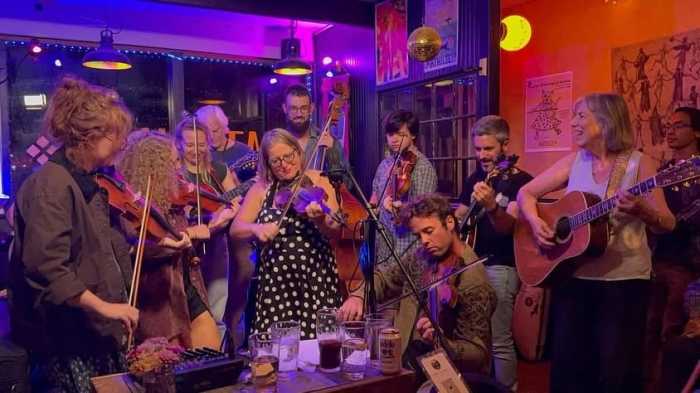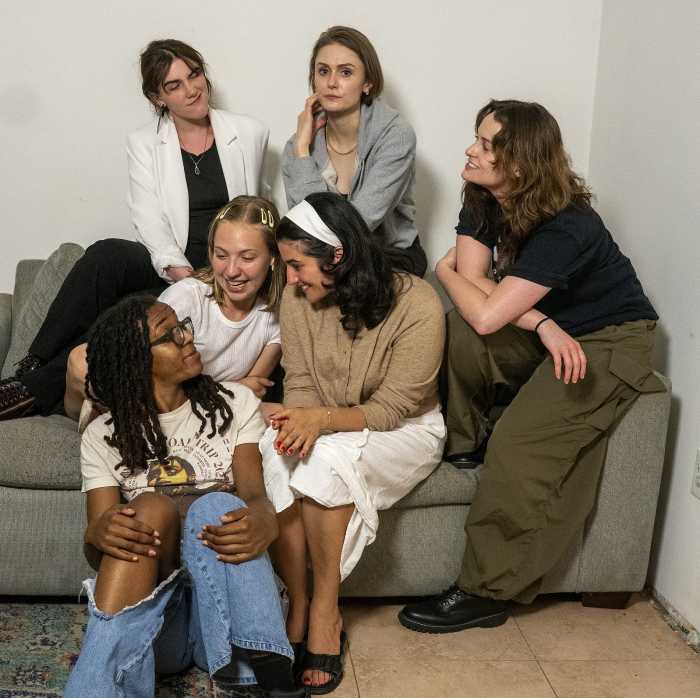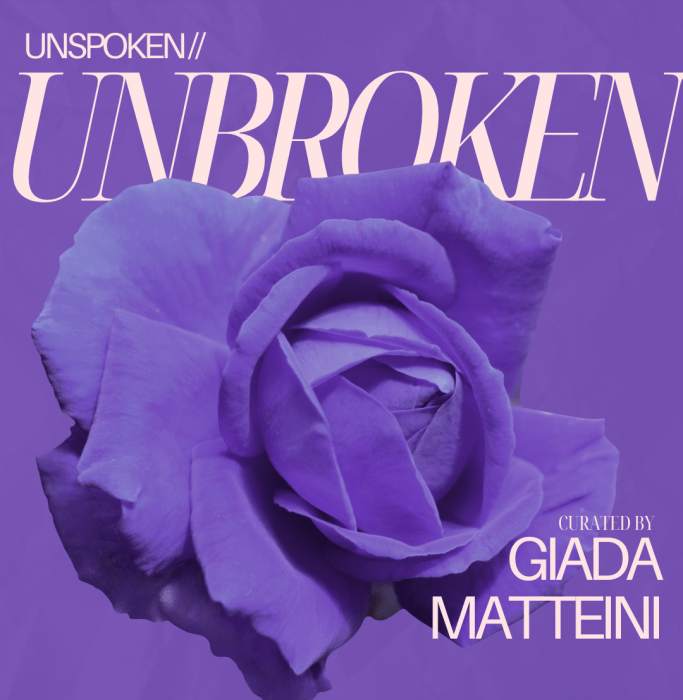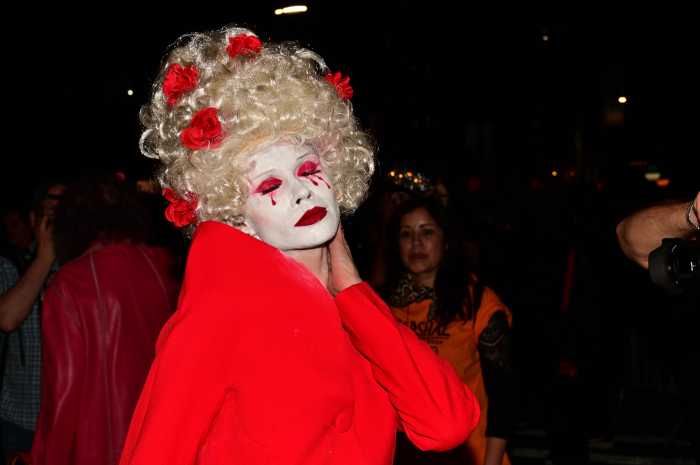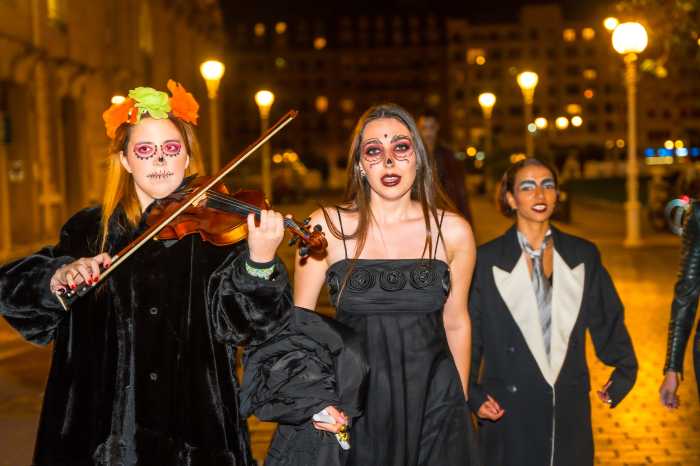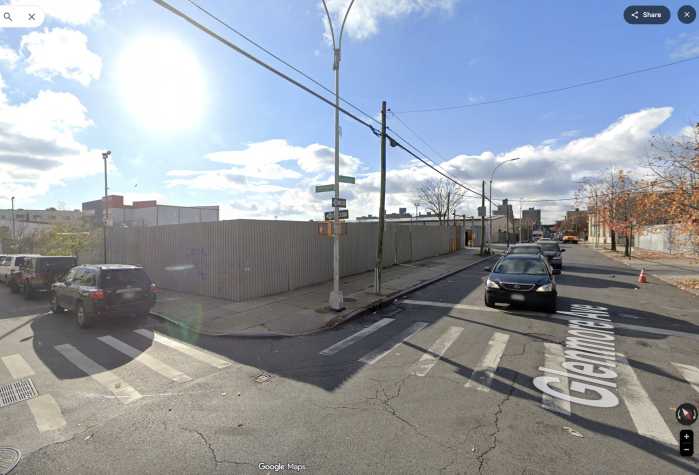Transportation Alternatives, the cyclist and pedestrian advocacy organization, recently announced winners for its Designing the 21st Century Street contest, which encouraged the rethinking of a particularly hazardous and unpleasant Brooklyn intersection.
The intersection at Fourth Avenue and 9th Street is one of the most dangerous in Brooklyn. Fourth Avenue is a truck route that sees more than its share of vehicle traffic and speeding. And because the intersection is formed by two wide streets – Fourth Avenue is 85 feet across, while 9th Street is 55 feet – it is prone to a bevy of unsafe traffic conditions, including trucks making fast turns or drivers hurriedly changing multiple lanes.
The width across Fourth Avenue also makes it difficult for some pedestrians to cross in time.
Between 1995 and 2005, 55 pedestrians and 15 cyclists have been struck and injured at this intersection. One pedestrian has been killed.
“That’s a lot,” said Wiley Norvell, Communications Director of Transportation Alternatives. “You don’t see this kind of stuff elsewhere in Park Slope.”
Also, its heavy amount of vehicle traffic lends it a uniquely unpleasant feel.
Said Norvell, “It’s a nice area, but this particular street is the last place you want to be. In Park Slope, a lot of the streets enhance the vitality of the neighborhood. This street does the opposite.”
The contest, therefore, encouraged people to brainstorm ways to make this intersection more safe and pleasant, and to prioritize pedestrians first while maintaining the street as a transit hub and bus route.
It was judged by a panel of artists, architects, local residents, and high-ranking city officials.
The three winning submissions were “Streets Come Alive” by LEVON, “Streets for Everyone” by Rogers Marvel Architects, and “Shared Space” by Steven Nutter.
A common thread among the winners was that each reduced the number of traffic lanes, a “traffic-calming” measure aimed at reducing the speed of motorists. Having fewer traffic lanes would also lead to fewer cars using the street.
In addition, each winning entry provided dedicated bike lanes and took measures to make it easier for pedestrians to cross the street.
Beyond that, they varied.
“Streets Come Alive,” by LEVON, reclaimed the middle of the street as a linear park, with single traffic and bike lanes on both sides.
“Streets for Everyone,” by Rogers Marvel Architects, had specially demarcated lanes for each type of transportation, including cycling. This entry also increased the size of the sidewalk and provided a buffer between pedestrians and traffic.
“Shared Space,” by Steven Nutter, included many “traffic-calming” devices. Among these were the repaving of intersections to make them more visible to motorists, along with building curb “bulb-outs” to reduce the distance pedestrians would have to cover as they cross the street.
Said Paul Steely White, Executive Director of Transportation Alternatives, “Given that this intersection is one of the city’s most problematic crossings, each of the winning designs could serve as a template for countless streets across New York City.”
By no means is the Department of Transportation bound to the winners’ designs. Rather, organizers hope the contest will stimulate discussion and “outside-the-box” thinking about how to improve both this particular intersection and ones like it.
“There are some new and novel things the city can grab onto in these designs,” said Norvell.
“The designs show [street design] doesn’t have to be a cookie-cutter thing. Hopefully, this is the start of a new conversation.”
***
The winnings designs will be on display on Monday, Dec. 9, when Galapagos Art Space (16 Main Street, in DUMBO) will host an exhibition and party from 7–10 p.m.


